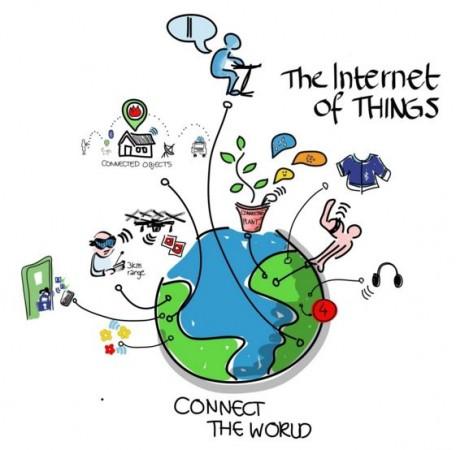
A new technological development could make it possible to install antennas by simply spraying it on like bug spray. The sprayed-on antennas work as well as the receivers that can be found on mobile phones and wireless routers, claim researchers.
According to a report by researchers from the Drexel's College of Engineering, the newfangled antennas are literally sprayed on fabrics and other material from a can of two-dimensional metal called MXene, reports Phys.org.
"There is a lot of potential for this type of technology," said Kapil Dandekar, director of the Drexel Wireless Systems Lab, and co-author of the research.
The ability to spray an antenna, he explained, on a flexible matter or even make it transparent means that networks can now be set up in new regions and places that were far out of reach. In fact, he added, "there are new applications and new ways of collecting data that we can't even imagine at the moment."
Researchers who developed this tech claim that MXene titanium carbide can even be dissolved in water to make an ink or paint like substance. The conductivity of the material is strong enough, claim its makers, that it can actually transmit and direct radio waves even when the layer is really thin—in the of tens of nanometers.

Even transparent antennas were found to communicate efficiently, said Asia Sarycheva, one of the researchers involved in the study.
"By increasing the thickness up to 8 microns, the performance of MXene antenna achieved 98 percent of its predicted maximum value."
This tech is seen as a breakthrough, says the report, because preserving transmission quality in such a thin form factor would mean antennas could be easily embedded in different types surfaces and that to without any additional weight or even circuitry.
"This technology could enable the truly seamless integration of antennas with everyday objects which will be critical for the emerging Internet of Things," Dandekar said.
One of the main stumbling blocks for technology surrounding true wearables, smart fabrics, and the great integration of the Internet of Things (IoT) is the lack of a seamless way for everyday objects to communicate with each other, and by extension, the internet.
This is one of the main reasons why the arrival of this tech is still delayed, notes the report. Connecting tech like antennas, as they get better in terms of efficiency as well as usability, technology like this spray-on material will only drive their actual arrival nearer, notes the report.
The research paper was recently published in the journal Science Advances.

















